Zumspot project – digital Ham hotspot
This event occurred Jan 31, 2018
A project I’ve been thinking of doing for a long spell now is to build a kind of “hotspot” for Ham digital communication on UHF. Glad I waited – technology has been jumping greatly in this arena.
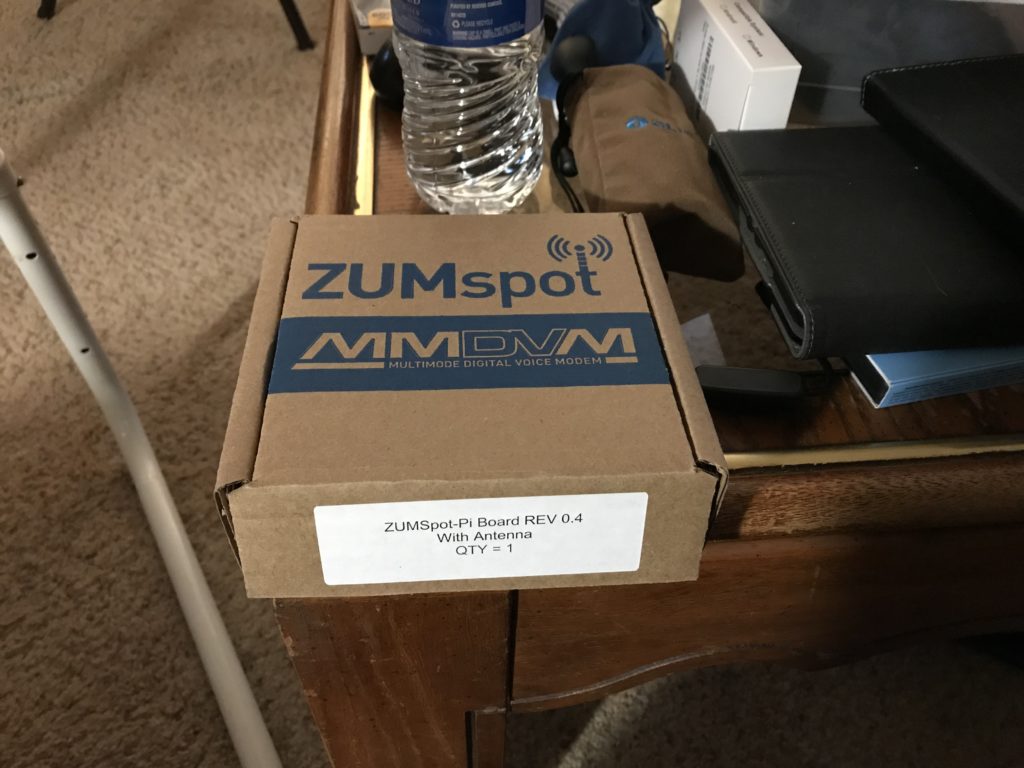
Ham Radio Outlet is now selling the Zumspot which was exactly what I needed to pair with one of the Raspberry Pi 3.0 single board computers I was experimenting with last year.
I didn’t take any pictures of the assembly process – but here is what it looks like as it is running, with just the bare boards. I will be installing it in a protective case – but kinda neat to see the lights flashing as it is scanning the various digital modes. It is connected to our home Wifi network also.
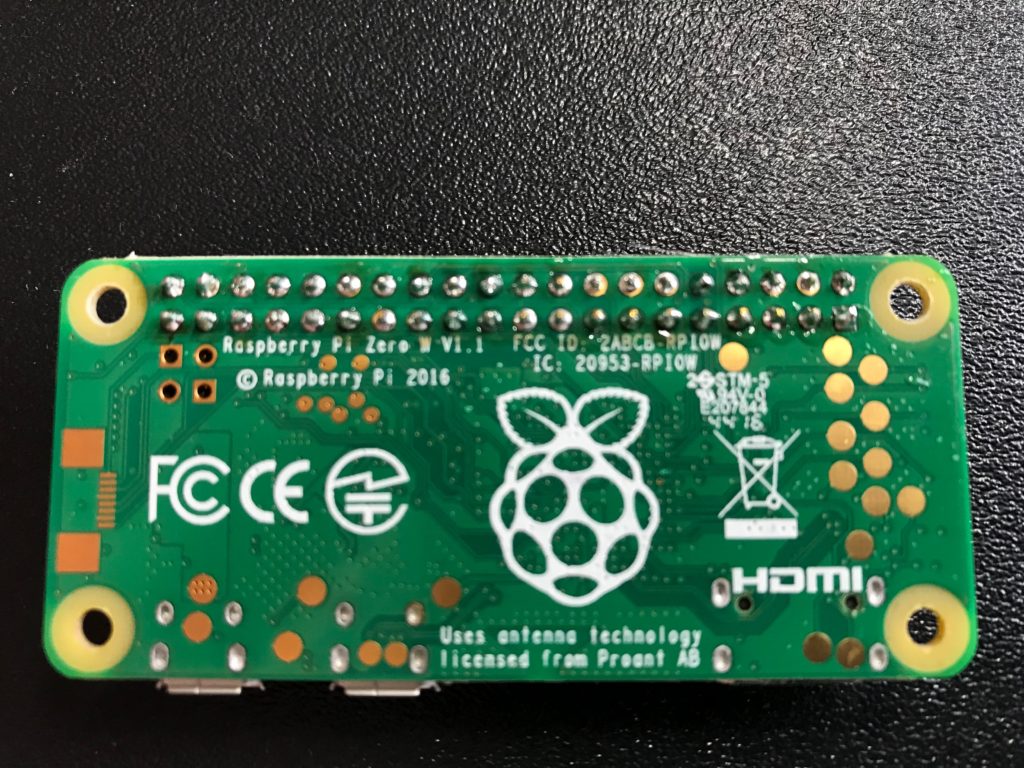
After verifying I could get the Zumspot board running on a Raspberry Pi 3.0 SBC, decided I wanted to go even smaller and mount it on a Raspberry Pi Zero W SBC which is about half the size. In order to keep prices down and keep it thinner, the tiny little Pi Zero computer is delivered without a male 40 pin GPIO header soldered in – so in order to use it with any kind of “Hat” device, you better know how to solder or have a friend that does.
This picture has the board blown up a lot larger than its actual size, but wanted to show my solder job this afternoon, (Feb. 22nd, 2018). Tedious work for an older guy, but I’m tickled with the result.
OBTW, GPIO is short for “General Purpose Input Output”.
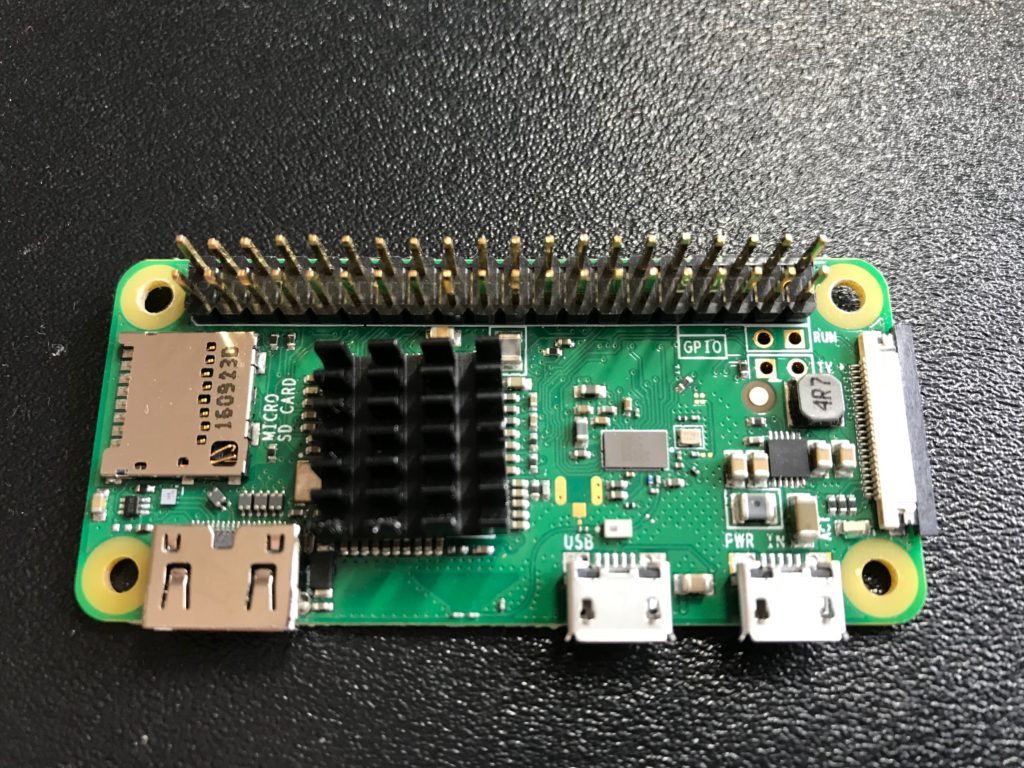
Looks like I got everything straight and level.
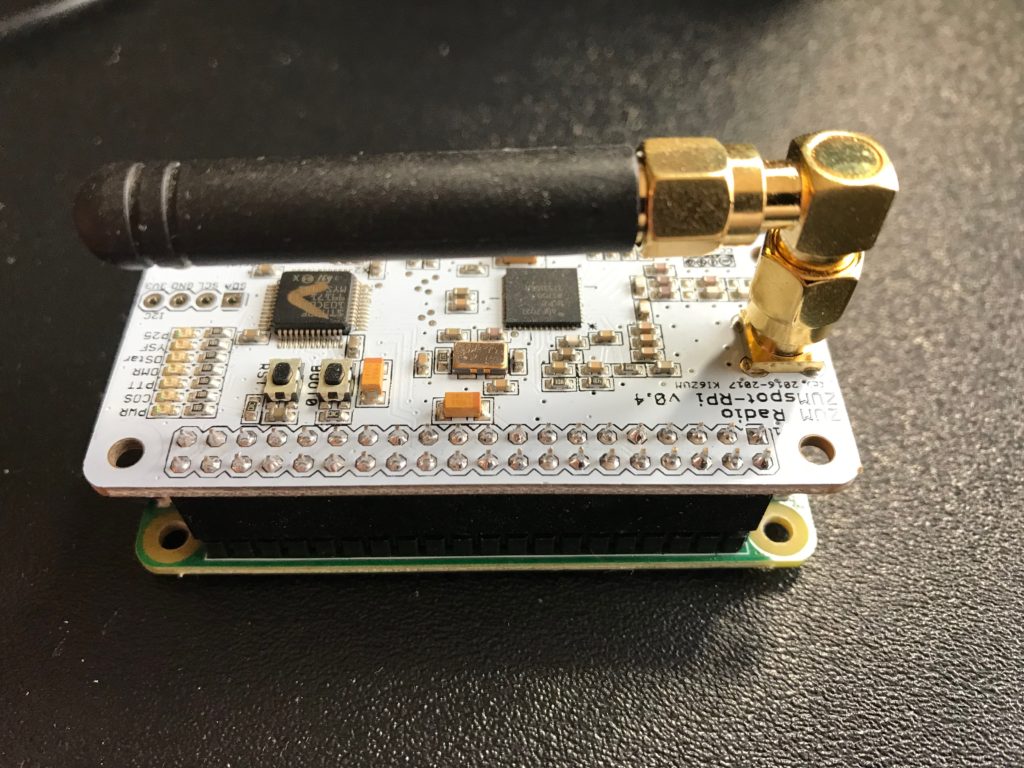
The Zumspot comes with a female GPIO receiver, which fit down on the 40 mail pins perfectly.
Note: I added the 90 degree adapter for the antenna to try to keep the size as tiny as possible.
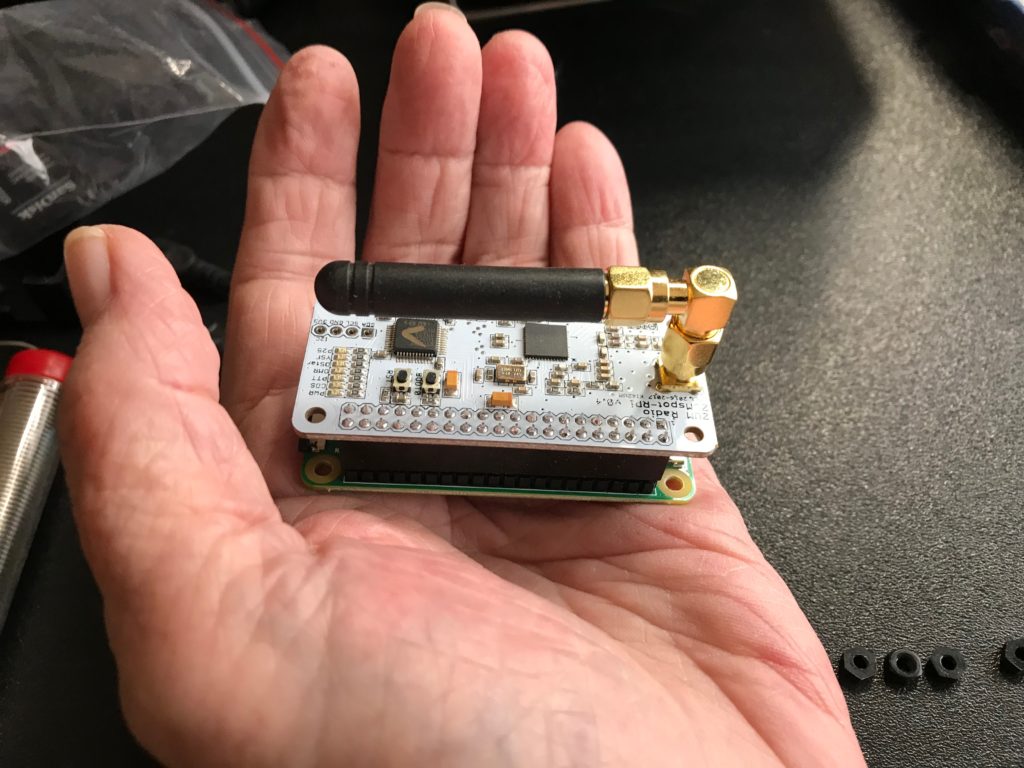
This will help put this project in perspective – as I said, it is TINY. Not going to test it yet – still kinda shaky from the solder task.
*****
Of course, when you already have the soldering station set up, and know you have another project… “Suck it up buttercup”. 😉
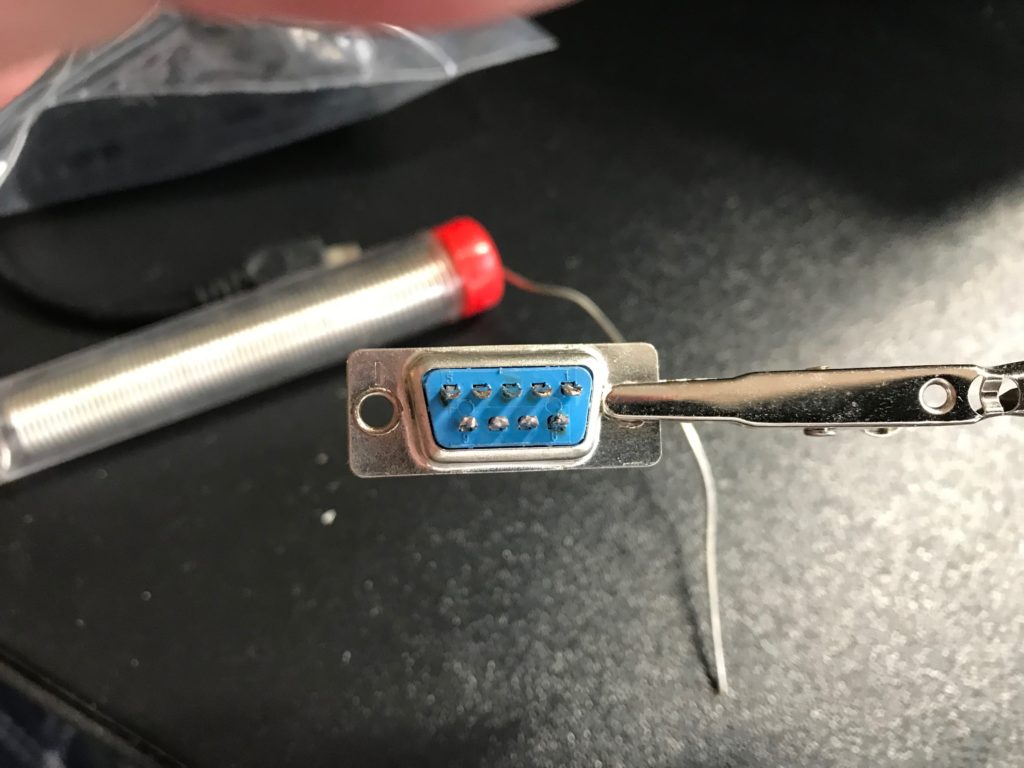
Having finished soldering the 40 pin GPIO header on our Pi Zero W, decided I was not to shaky to go ahead and “tin” the connectors on the backside of a male DB9 plug while I already had everything out and the soldering iron hot. This device is for the PiGate RMS project I have underway also. The connector will be soldered to a cable which will go between the PiGate RMS and our mobile Yaesu FT-2900R VHF Radios in our vehicles.

All I need is the cable, which was *just* now delivered by our Postal Carrier. That will wait for another day.